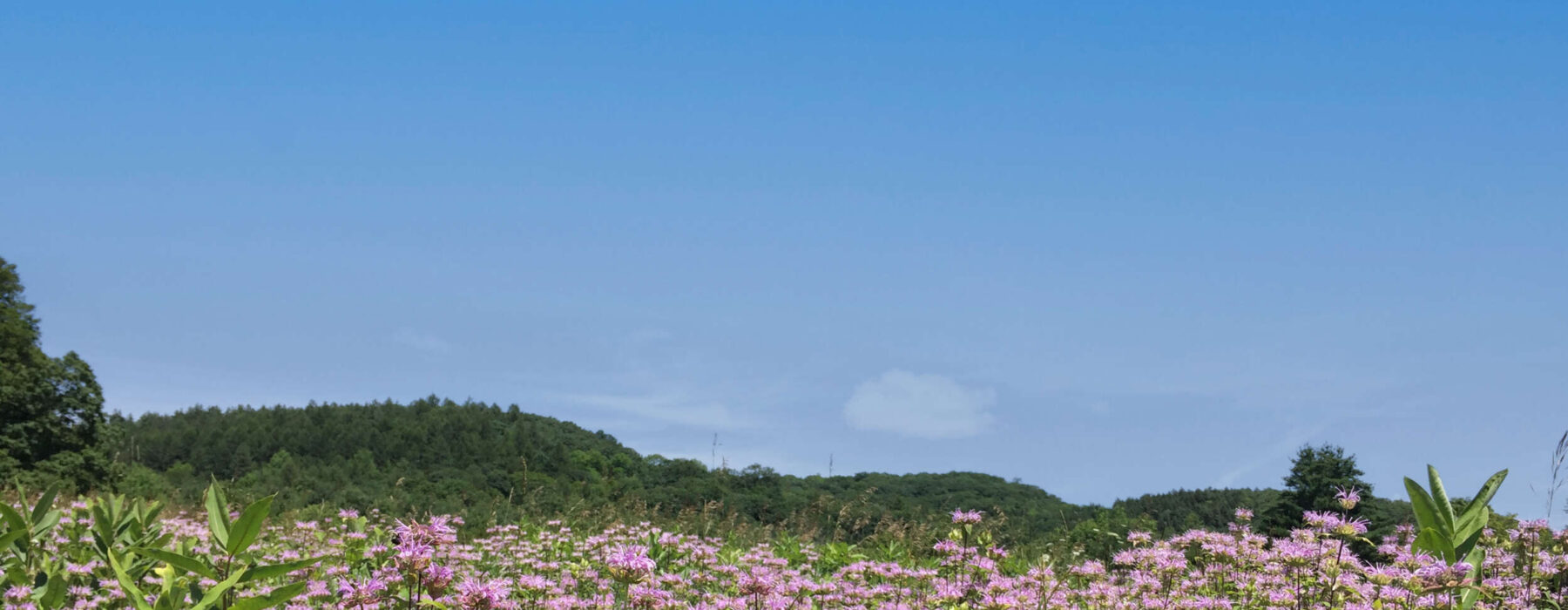

A data platform by GBIF for exploring biodiversity information in Vermont.
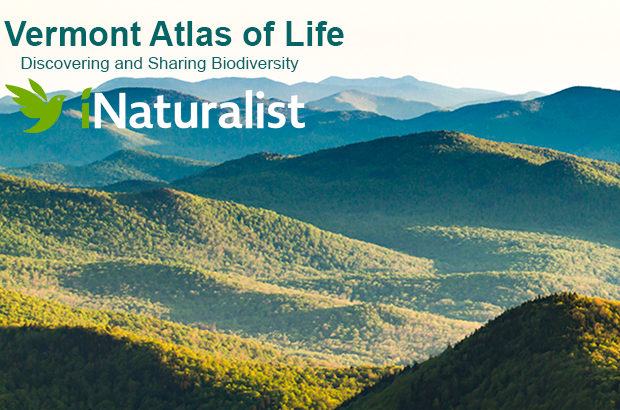
Get connected with a community of over a million scientists and naturalists who can help you learn more about nature! What’s more, by recording and sharing your observations, you’ll create research quality data for scientists working to better understand our natural heritage.
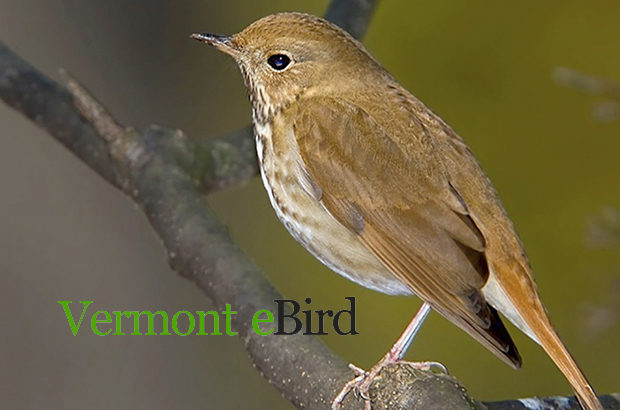
Vermont eBird has revolutionized the way that the birding community reports and accesses information about birds. Join nearly 14,000 bird watchers in Vermont in discovering and reporting bird observations for education, science and conservation. Every sighting matters. Contribute yours.
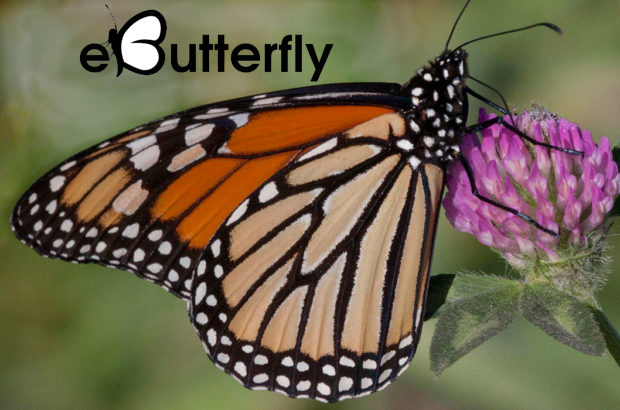
Join the thousands of butterfly watchers in recording your observations. From the rarest butterflies to the most common, your sightings contribute to conservation decisions, scientific knowledge, education, and more. Share your observation and make a difference.
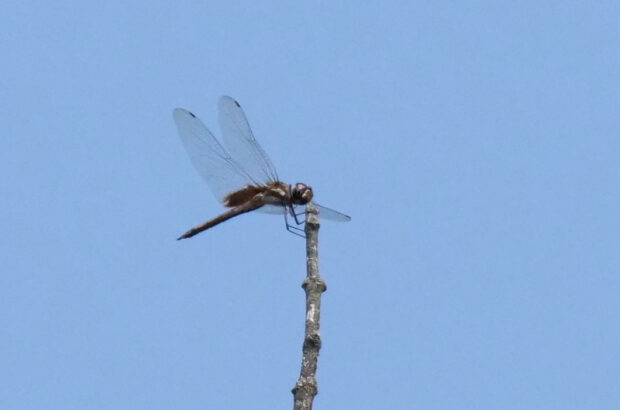
Last August Ben Whittington swung by a marsh he often visits and noticed a dragonfly perched at the very top of a tree. He snapped a few quick photos of it from a distance, uploaded them to iNaturalist Vermont, and with the help of a few Vermont experts, found he had discovered a new dragonfly species for the Vermont Damselfly and Dragonfly Atlas, Striped Saddlebags (Tramea darwini).
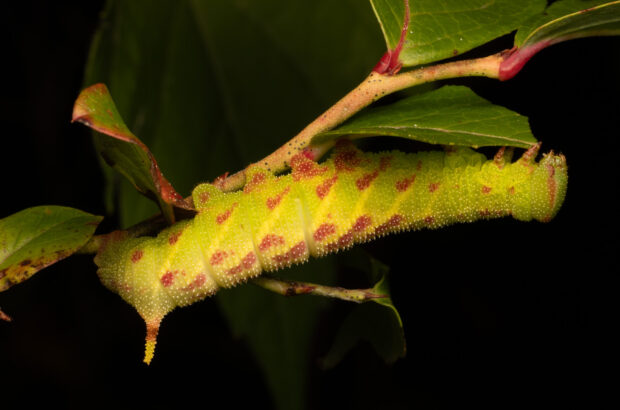
With the aid of many volunteers across the state, the Vermont Moth Atlas at the Vermont Atlas of Life has been mapping moth distribution and phenology one photo-observation at a time. Together, we’ve discovered over 360 new species for Vermont since 1995, with 26 found in just the last two years. There are now 2,051 species of moths known from Vermont!
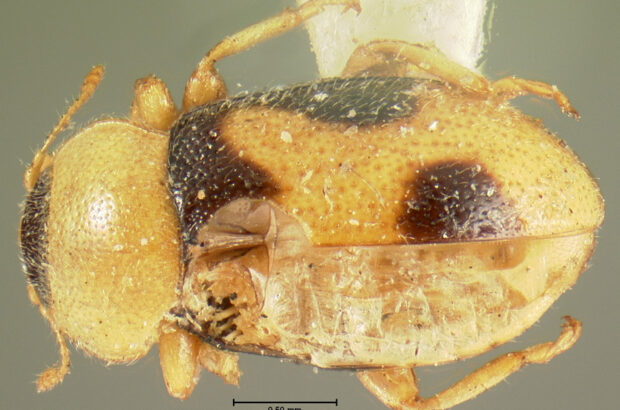
After over 150 years, researchers confirmed that Vermont's holotype specimen of the Snow Lady Beetle had been hiding in plain sight at the Harvard MCZ with its location misclassified due to faded collection markers, adding a 48th species to Vermont's Lady Beetle list.
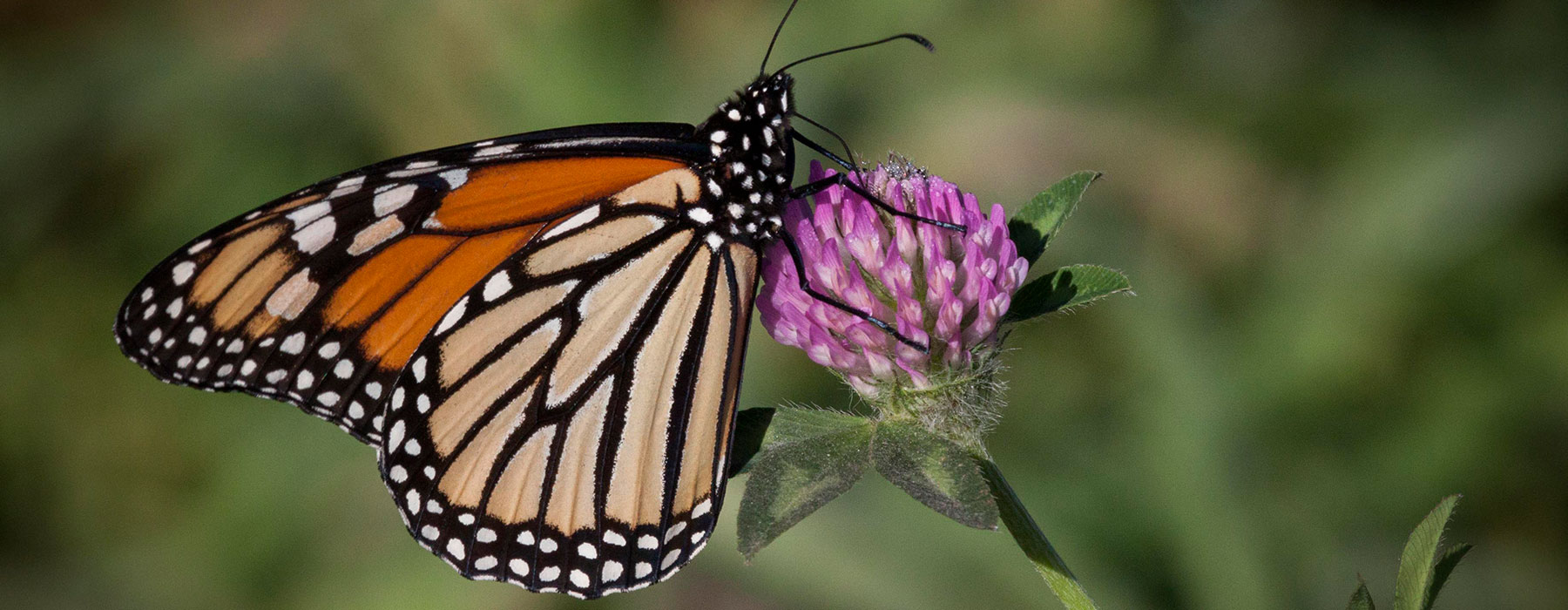
Twenty years ago hundreds of community scientists joined us for the first Vermont Butterfly Atlas, heralding a new era for their conservation. Now with your help, we have the rare opportunity to understand long-term trends in butterfly populations across the state and help conserve them.
Join the Atlas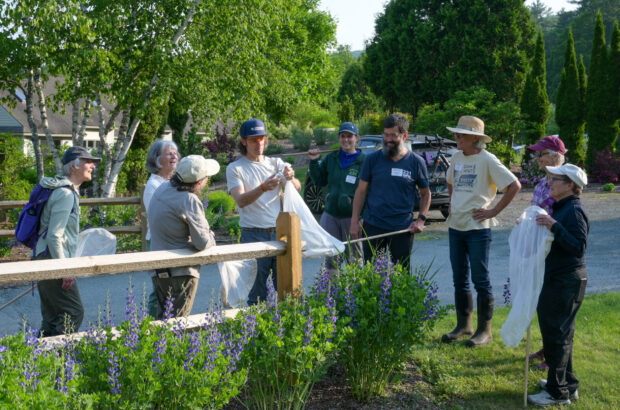
A decade-long study published in the journal Northeastern Naturalist this month found that 352 wild bee species call Vermont home, with 60% of those species likely in need of conservation action. The study, led by researchers from VCE's Vermont Atlas of Life, in collaboration with the Vermont Fish & Wildlife Department, and experts from across the continent, provides the first comprehensive faunal list and conservation assessment of Vermont’s wild bees. Read more on the VCE Blog.
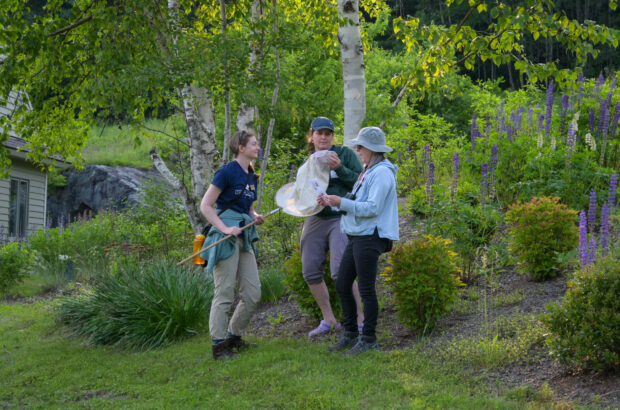
In the past, many scientists viewed the data that they collected as something belonging to them, sometimes guarding it zealously out of fear that they would be scooped by another scientist or with a sense that the data reflected too much hard work to simply give away. The result was a significant loss of potential insights, simply because we can seldom anticipate how our data might be further used—now and in the future—if it were made accessible to others. Read more on the VCE Blog.
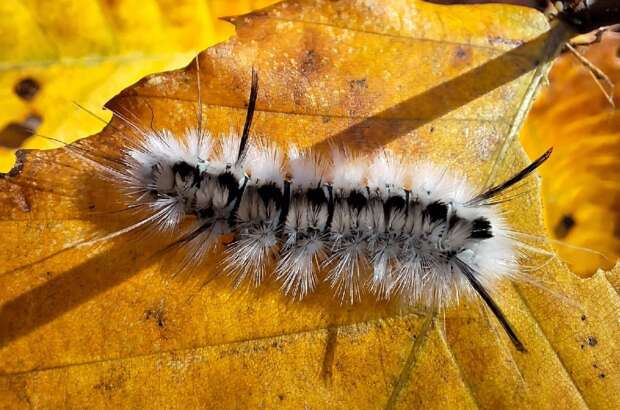
We’re excited to announce that this month, iNaturalist Vermont topped one million research-grade biodiversity records! The submission that brought Vermont to this major collective achievement was an observation of a Hickory Tussock Moth (Lophocampa caryae) caterpillar by iNaturalist user Sue Staats on October 21st. Read more on the VCE Blog.